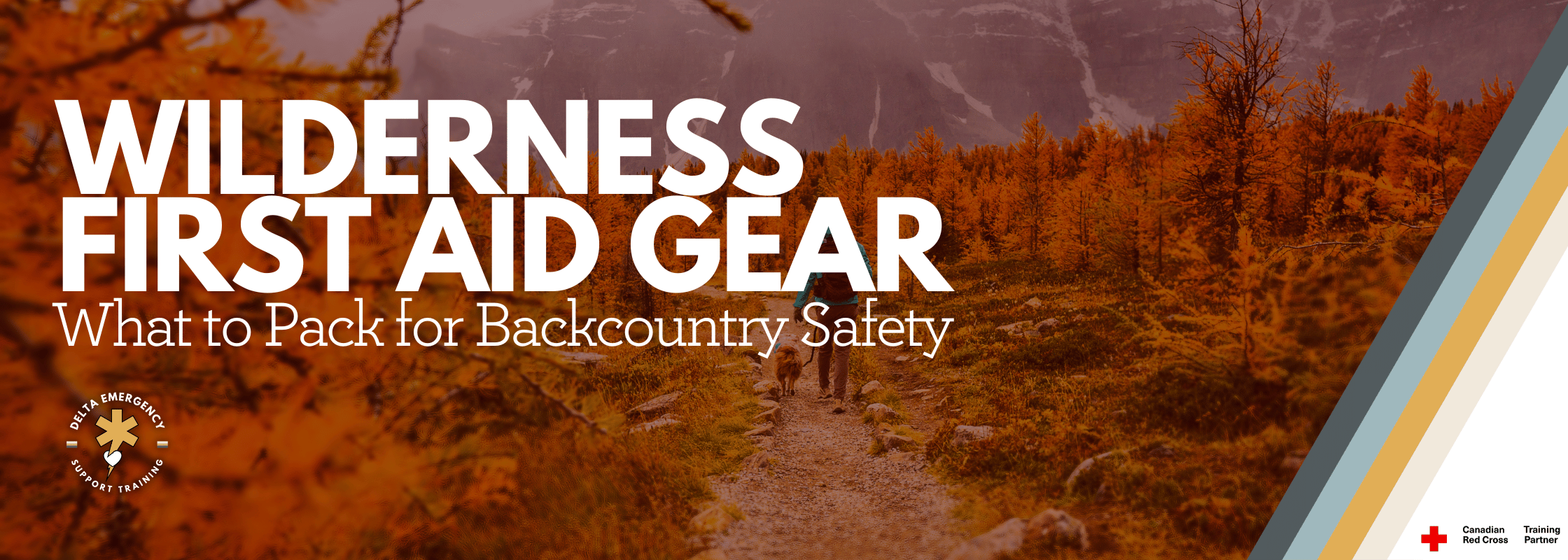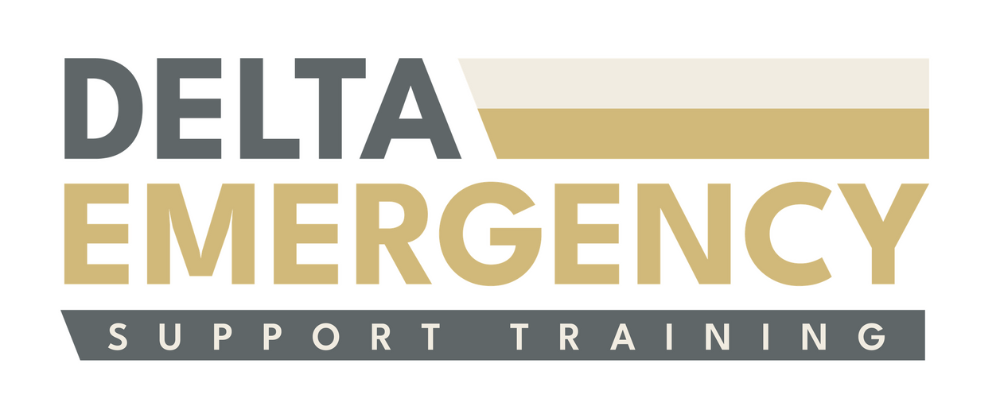Wilderness First Aid: What to Pack When Heading Into the Backcountry
/Venturing into the backcountry can be one of the most rewarding experiences, breathtaking views, solitude, and connection with nature. But with that freedom comes risk. When you’re hours (or days) away from emergency services, being prepared isn’t just about comfort — it’s about survival.
Having the right gear and a solid understanding of wilderness first aid can turn a dangerous situation into a manageable one. Whether you’re an outdoor enthusiast, guide, or first responder, here’s what you need to know about what to packbefore heading into remote terrain.
🏕️ The Backcountry Reality
In urban environments, medical emergencies are typically minutes from help. In the backcountry, those same minutes can stretch into hours or even days. Terrain, weather, and lack of communication can complicate every decision you make.
That’s why your first aid kit is your lifeline — not a luxury item. It’s not just about having supplies; it’s about carrying the right equipment that you can realistically use in an emergency.
🧰 The Core Wilderness First Aid Kit
When it comes to wilderness first aid, balance is everything — you want to be prepared without carrying unnecessary weight. Here’s a breakdown of essential categories and must-have items:
🩹 1. Wound Care and Bleeding Control
In the wilderness, even small wounds can lead to infection. Having proper wound care supplies ensures you can clean, cover, and protect injuries.
Pack:
Adhesive bandages (various sizes)
Sterile gauze pads and rolls
Elastic (ACE) bandages
Medical tape
Antiseptic wipes or solution (chlorhexidine or iodine)
Antibiotic ointment
Pro Tip: Keep wound supplies in a waterproof bag — even moisture can ruin sterile materials.
💊 2. Medications and Personal Health Supplies
Medications can make the difference between continuing your trip or needing an evacuation. Always pack personal prescriptions, plus some general-purpose medications.
Pack:
Personal prescription medications (in labeled containers)
Acetaminophen or ibuprofen (pain relief, inflammation)
Antihistamines (allergic reactions, insect stings)
Loperamide (anti-diarrheal)
Glucose tablets or gel for low blood sugar
Epinephrine auto-injector (if at risk for severe allergies)
Pro Tip: Store medications in labeled, watertight containers, and check expiration dates before each trip.
🧍♂️ 3. Splinting and Immobilization
Sprains, fractures, and dislocations are among the most common backcountry injuries. Be ready to stabilize and immobilize until help arrives.
Pack:
SAM splint or moldable splint
Triangular bandages (multi-use: slings, ties, padding)
Cloth strips or paracord for securing splints
Safety pins
Improvisation Tip: Trekking poles, paddles, or sturdy sticks can double as splints when properly padded.
🌡️ 4. Hypothermia and Environmental Protection
Weather can change rapidly in the backcountry. Preventing hypothermia or heat exhaustion is part of wilderness first aid.
Pack:
Emergency blanket or bivy sack
Lightweight tarp or shelter
Extra base layer or thermal clothing
Chemical heat packs
Hat and gloves (even in summer — mountain weather shifts fast)
Pro Tip: Always carry something to insulate your patient from the ground — a foam pad, backpack, or spare clothing can prevent dangerous heat loss.
💧 5. Hydration and Nutrition
Dehydration and low energy can cloud judgment and slow reaction times — both dangerous in emergencies.
Pack:
Water purification system (filter, tablets, or UV pen)
Collapsible water bottles or hydration bladder
High-calorie snacks (nuts, protein bars, glucose gels)
📡 6. Navigation, Communication, and Documentation
When emergencies happen, knowing where you are — and how to communicate — is critical.
Pack:
Map and compass (and know how to use them)
GPS or satellite communicator (e.g., Garmin inReach, SPOT device)
Whistle and signal mirror
Waterproof notebook and pencil (for recording vital signs and events)
🪶 7. Wilderness-Ready Extras
Small, lightweight items that make a big difference:
Tweezers (for splinters and ticks)
Duct tape (gear repair, blister prevention, splinting aid)
Safety pins (securing bandages or improvising slings)
Scissors or trauma shears
Hand sanitizer
Headlamp with extra batteries
🏔️ Balancing Weight vs. Preparedness
Every ounce matters in the backcountry. Your pack should be a balance between medical capability and practicality.
Here’s how to think about it:
Day trip? Bring the essentials — bleeding control, wound care, meds, and hypothermia protection.
Multi-day trek? Add splinting materials, backup shelter, and communication tools.
Remote expedition? Include airway adjuncts, advanced medications (if permitted), and an evacuation plan.
⚕️ Training Matters More Than Gear
Even the best kit won’t help if you don’t know how to use it. Taking a Wilderness First Aid (WFA) or Wilderness First Responder (WFR) course teaches you how to:
Prioritize patient care in remote settings
Improvise with available gear
Make evacuation and triage decisions
Treat life-threatening conditions with limited resources
✅ Final Thought
When you’re deep in the wilderness, you are the first responder. A well-stocked and well-thought-out first aid kit gives you the power to act quickly, calmly, and effectively — whether you’re treating a blister, a broken bone, or a life-threatening emergency.
Before you head out, remember: gear doesn’t replace training, but training without gear limits your ability to save lives.
Prepare smart, pack light, and respect the environment — because in the backcountry, preparation truly is protection.




